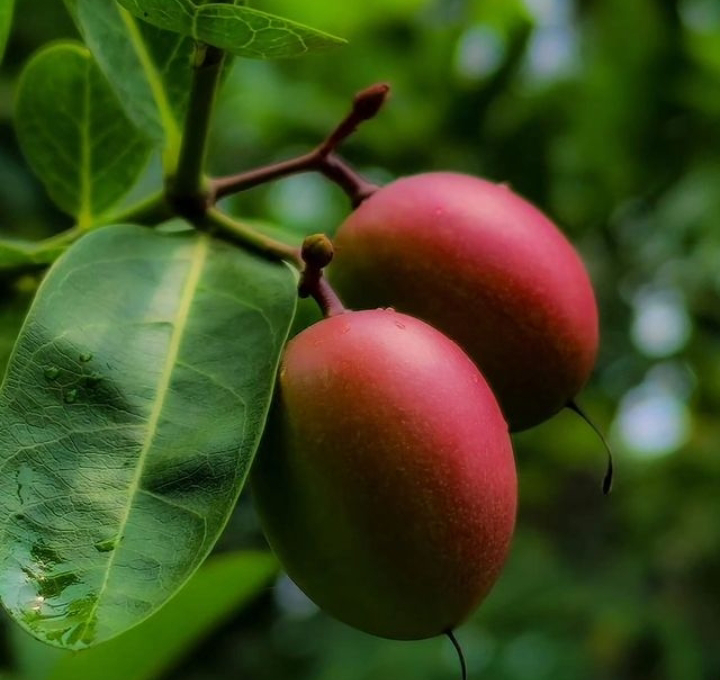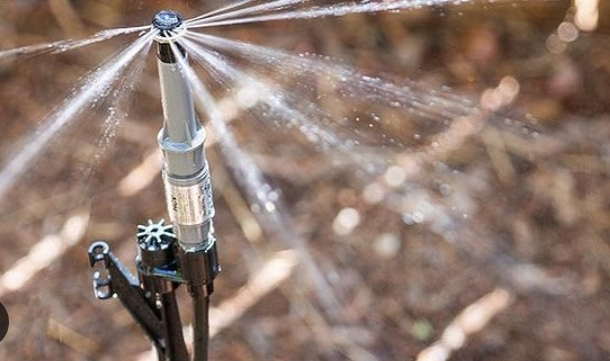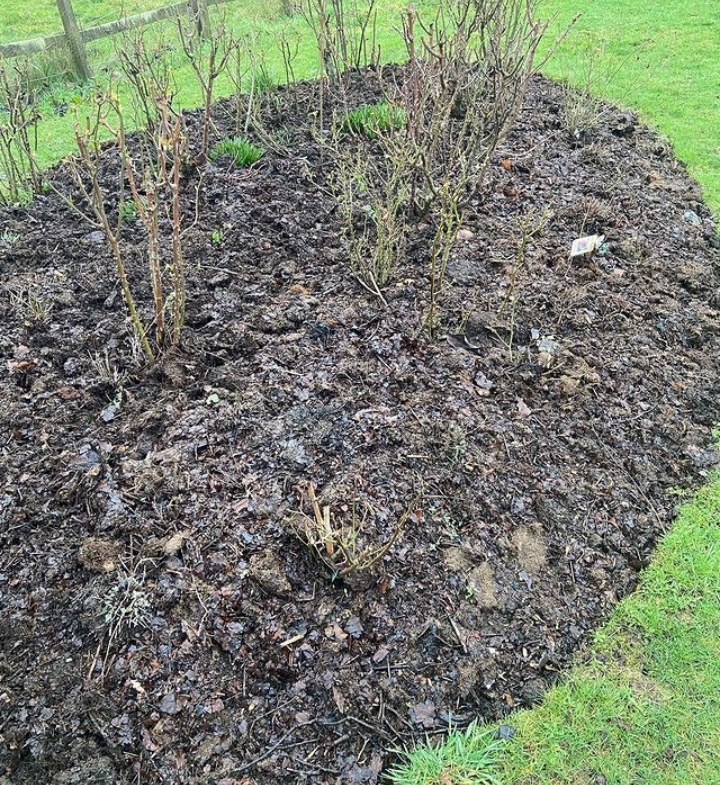Pruning Fruit Trees
1. **Timing:** The best time to prune fruit trees varies depending on the type of tree. As a general rule, prune deciduous fruit trees during their dormant season, typically in late winter or early spring before new growth begins. Citrus trees, on the other hand, can be pruned lightly throughout the year, as they do not have a true dormant period.
2. **Tools:** Use sharp, clean pruning tools such as hand pruners, loppers, and pruning saws. Dull or unclean tools can damage the tree and potentially spread diseases.
3. **Remove Dead and Diseased Wood:** Start by removing any dead, damaged, or diseased branches. This will improve the tree's overall health and prevent the spread of diseases to other parts of the tree.
4. **Thinning:** Thin out crowded branches to allow more light and air circulation through the canopy. This helps in reducing the risk of fungal diseases and allows sunlight to reach all parts of the tree, promoting even fruit ripening.
5. **Shape the Tree:** Prune to shape the tree, removing branches that grow inward, downward, or cross each other. Aim for an open center or modified central leader structure, depending on the tree type. A well-shaped tree allows for better sunlight penetration and easier fruit harvesting.
6. **Heading Cuts:** Use heading cuts (cutting back to a bud) to control the height and spread of the tree. Avoid cutting off more than a third of a branch's length, as overly aggressive pruning can stress the tree.
7. **Water Sprouts and Suckers:** Remove water sprouts (vigorous, upright shoots growing from branches) and suckers (shoots growing from the rootstock below the graft union) as they do not contribute to fruit production and can sap the tree's energy.
8. **Consider Growth Habit:** Different fruit trees have different growth habits, so pruning techniques can vary. For example, apple and pear trees often benefit from more aggressive pruning to stimulate new growth, while peach trees may require more moderate pruning.
9. **Protective Measures:** After pruning, consider applying a horticultural wound dressing or pruning paint to large cuts. While some experts debate its necessity, it can offer some protection against pests and diseases.
10. **Clean Up:** Once you've finished pruning, remove and dispose of the pruned branches properly. Compost healthy trimmings, but discard diseased material away from the orchard.
It's important to note that different fruit trees may have specific pruning requirements, so you should consult specific pruning guides for the types of fruit trees you have in your orchard or garden. If you are unsure or inexperienced with pruning, consider seeking advice from a local horticulturist or arborist. They can provide personalized guidance and help you ensure your fruit trees thrive.
























